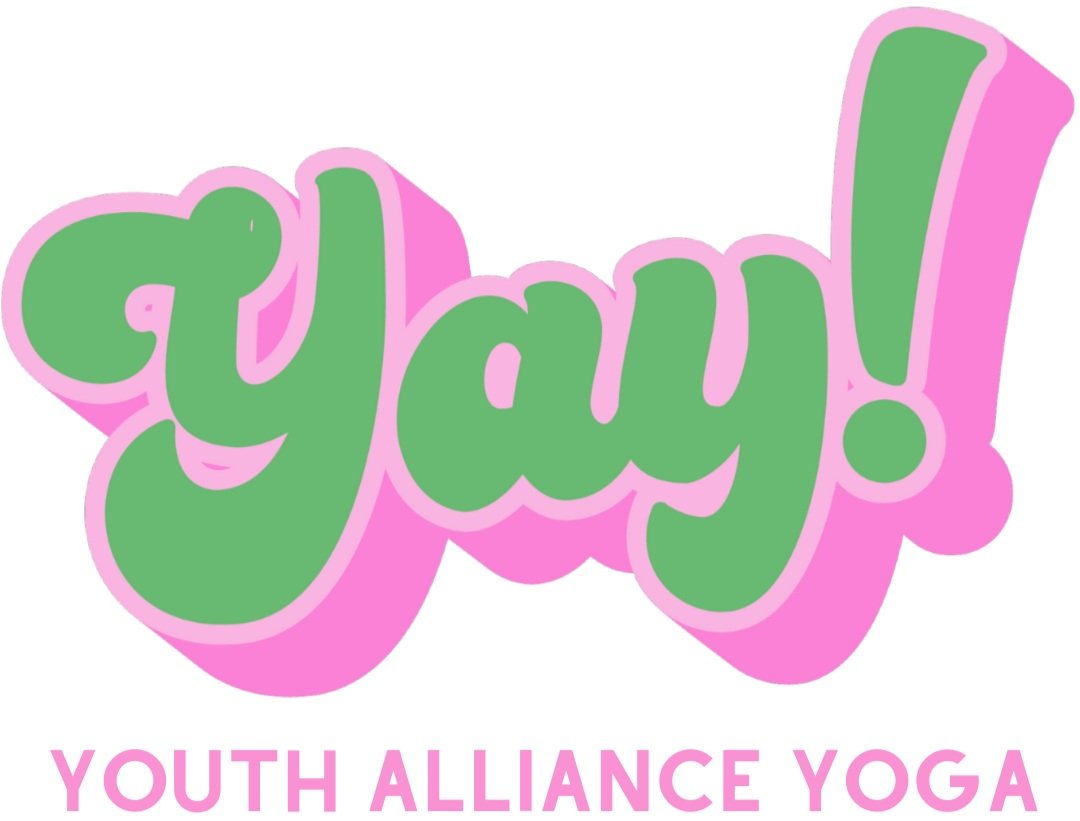In-Person vs. Virtual Teacher Trainings: The 5 Big Differences
Before the pandemic, Yoga Alliance required all teacher trainings offered by Registered Children’s Yoga Schools to be held in person. With the onset of the pandemic, Yoga Alliance recognized that this presented a hardship to everyone: in the absence of in-person trainings, schools would go out of business; in the absence of training, teachers would not be able to get certified. And so, Yoga Alliance rolled out a framework for allowing virtual Children’s Yoga Teacher Trainings (CYTTs). They created this framework with two primary goals: (1) uphold rigorous standards; and (2) allow reasonable modifications to curriculum and format.
Both in-person and online kid’s yoga trainings offer unique benefits and drawbacks. Here are the big five differences between in-person and online children’s yoga teacher trainings.
Cost
This is a win in the virtual column. Virtual trainings, on average, cost about half of in-person trainings. It is incredibly expensive to run in-person children’s yoga teacher trainings. Some of the big-ticket expenses include rental space, trainer wages and benefits, legal expenses for the multitude of labor, privacy, and liability concerns when working with minors, operational costs and supplies (mats, straps, blocks, sandbags, tea, and all the different craft and game supplies for working with kids)… and the list goes on. Virtual trainings slash many of these expenses to half, or even zero. For students, it has never been more affordable to become a Registered Children’s Yoga Teacher (RCYT).
Accessibility
This is another huge win in the virtual column. Beyond the affordability factor, most virtual trainings improve accessibility because they allow trainees to train on their schedule, in their own homes, and with full access to the adaptive tools they need to engage in learning. Now more than ever, training is accessible for parents, educators, and hourly wage earners who previously may not have been able to commit large blocks of daytime or evening hours to in-person training. And for those with special needs, they no longer need to commute or navigate the challenges of parking and accessibility to buildings and spaces that fall short of full ADA compliance. Virtual trainings accommodate more learning styles as well by incorporating a variety of modalities such as video lectures, podcasts, readings, and live workshops.
Viewpoint Diversity
Virtual takes the cake on this one, too. Online trainings make it possible to showcase a variety of experts across topics, regardless of whether they live in your city. When you have to train in person, you’re limited to building a training team of locals. But many yoga-related topics actually fall outside of the expertise of yoga trainers — for example, most yoga trainers are fluent in poses, cues, and breathwork practices, but they’re not experts in law, business, or anatomy and physiology. Youth Alliance Yoga’s virtual training draws upon the wisdom and experience of subject-matter experts across the globe — and that means your education will not be limited to siloed viewpoints.
Community
In-person trainings for the win! Nothing compares to the experience of training with living, breathing human beings! While online trainings can certainly build community, it’s also possible you will never actually brush shoulders with your classmates. Youth Alliance Yoga’s in-person trainings (which are not currently available) have built such strong relationships that trainees have stayed in touch for years, participating in milestones like weddings, showers, and studio openings! The nature of self-paced, online learning is that you’re alone much of the time — and if building strong personal connections is important to you, this amount of solo learning time can feel a bit isolating.
Access to Kids
Big win for in-person trainings. In-person trainings are much more conducive to training with kids because it’s not only simple to go where kids are — schools, daycares, park programs, etc — but it’s also possible to collect liability waivers and media releases directly from legal guardians. This is next-to-impossible with virtual trainings. Throughout Covid, most school districts have prohibited outside enrichment providers to enter buildings or even offer services online. And even when it’s possible to get kids together via Zoom, they behave in fundamentally different ways. And it’s not possible to control who enters the room — you may have a liability waiver and media release for the 7-year-old in the room, but if their baby sister toddles through the background, you’re not covered. Although every online children’s yoga teacher training is different, we do not offer live sessions with children as part of our training due to legal liability, labor laws, and privacy concerns for families. Instead, we offer recordings to best replicate the real experience of working with kids, whether that’s online or in person.
Which type of teacher training do you prefer? What other questions do you have? Let’s connect! jill@missionpropelle.com
